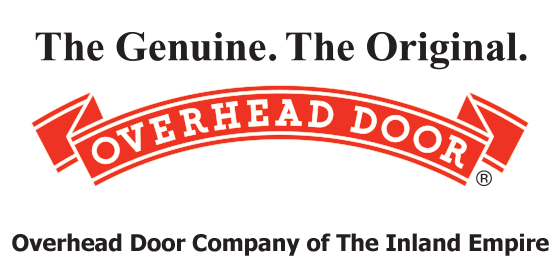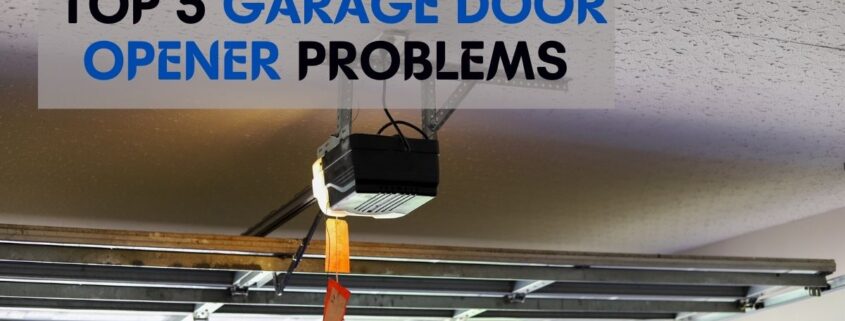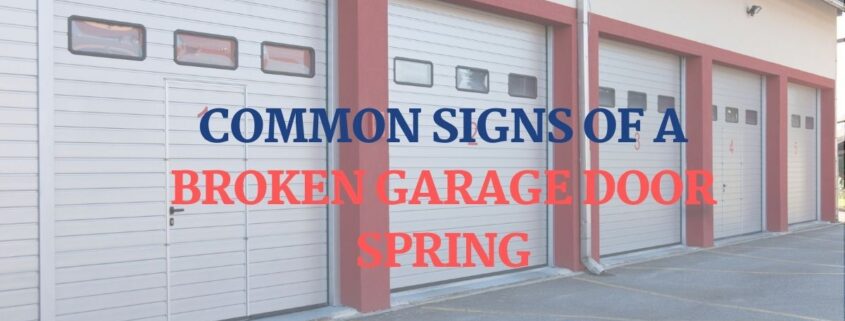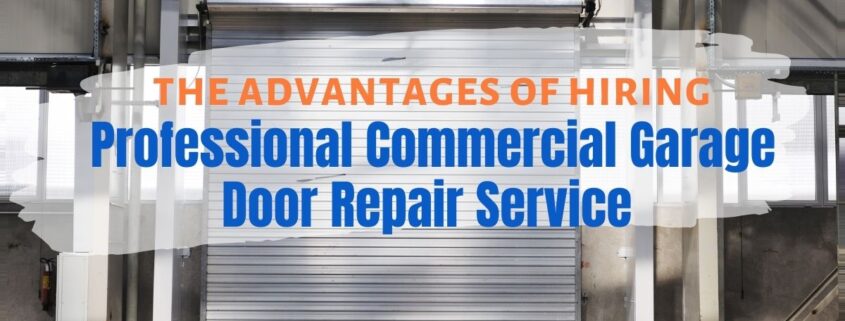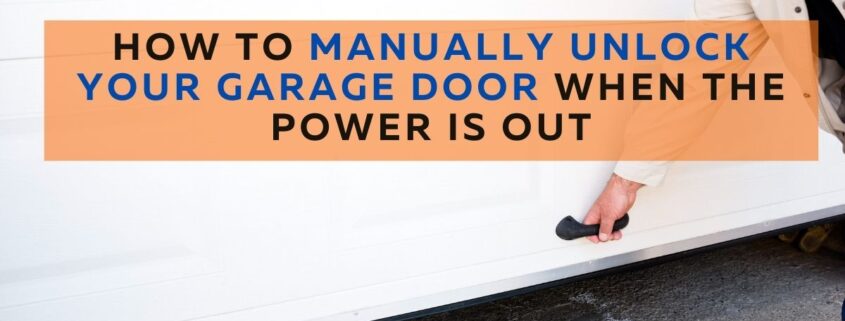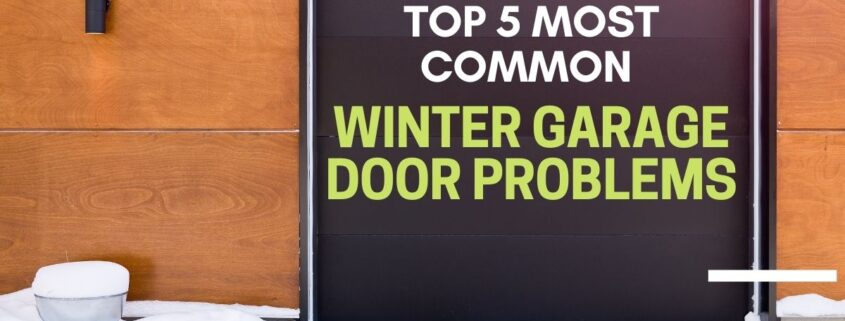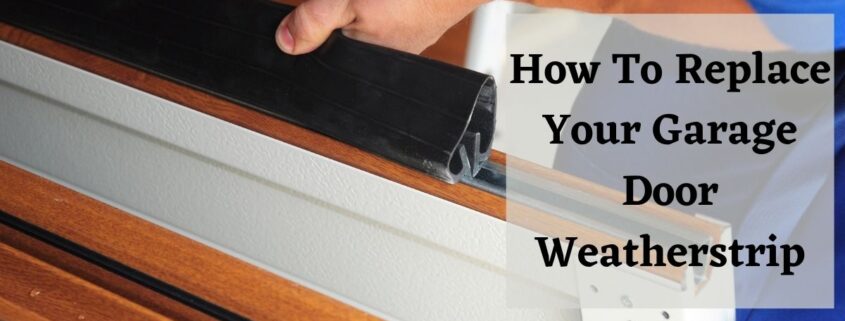Top 5 Garage Door Opener Problems
A garage door opener is a motorized device that controls the opening and closing of a garage door. You can mostly find it on the wall or ceiling above the garage door. Though garage door openers, with good maintenance, can last up to 15 years, they can be prone to different issues. The garage door opener problems can cause disruptions to the daily operations of your business.
Some garage door opener problems are usually easy to understand and the solutions are pretty easy. However, if the problem seems complicated, you may contact a professional garage door repair company like Inland Overhead Door.
Common Garage Door Opener Problems
Below are the most common problems you may encounter with your garage door opener and solutions that can help you fix the problem.
Problem #1: Garage door remote control or wall switch does not operate the opener
If the door does not operate when using the remote control or pressing the wall switch, the reason could be the power source has been disrupted. In most cases, power disruption to the garage door opener might be because the opener itself has been unplugged or the fuse, breaker, or GFCI outlet that provides power supply to the opener circuit has burned out or tripped.
Check the outlet and make sure that the cord is plugged in. Or, check to see if the outlet is working by plugging another electronic device into it. If the breaker or the GCFI outlet trips, it is a sign that there is a problem with the system and you need an electrician to check and repair it. For a burned-out outlet, it needs replacement.
Furthermore, if the door opener’s motor has burned out or isn’t working at all, hire a garage door opener professional.
Problem #2: Garage door not closing all the way
If the garage door opens, but does not close all the way or immediately pops open again, it could be because of these reasons; the limit setting isn’t set properly and the photo-eye is blocked or needs adjustment.
The limit setting needs adjustment
A garage door limit setting is another safety mechanism (aside from the safety sensor) that keeps people from being hit. If the setting is off, the door will close completely. But, if the setting is not right, the door won’t close properly and will automatically reverse to prevent damage. Adjust your garage door opener limit setting to stop your door from reversing.
The photo-eye is blocked or needs alignment
Modern garage doors have a photo eye located at the bottom of the door on each side. These eyes detect if a person or item is blocking the door all the way down. If the line of view is clear, the door will close smoothly and completely. But, if anything is blocking the line or if the eyes are misaligned, the door will not descend properly. As a result, the door will stop and reverse automatically. Make sure that the sight path is clear and the garage door sensors are aligned properly.
Problem #3: Garage door Won’t Open With remote control or Keypad
If a wireless remote control or mounted keypad does not operate the garage door, the problems are pretty simple to solve. It is possible that the remote batteries are depleted or the signal between the transmitter and the opener is disconnected.
If the door functions well with a wall-mounted switch, try to replace the batteries to the remote control. Furthermore, if the door does not operate even after placing new batteries in the remote, the signal might be disconnected. Move closer to the door and make sure that the antennae are hanging down from the motor.
If none of them works, try reprogramming the remote control or keypad. Sometimes, the signal in the remote or keypad can lose and may need to be reassociated.
Problem #4: Garage Door Won’t Open Completely
If the garage door opens and stops close to fully open, the issue is most likely the up-limit switch may need to be relocated closer to the motor unit. This switch is usually a simple touch-lever positioned near the motor unit at the end of the track. If the switch is too far away, the motor will stop the door from fully opening.
In some cases, this issue is not related to the garage door opener. For instance, broken or balky rollers can prevent the door from opening fully. Check and replace damaged rollers and lubricate rollers that are rusty.
Problem#5: The garage door opens, however, the motor won’t stop
This garage door opener problem usually occurs when you first install the opener. If your garage door opens, but the motor does not stop, you may need to move the up-limit switch farther from the motor unit.
How To Manually Open A Garage Door
- Get a ladder and place it beneath the garage door’s operating chain.
- Find the red cord that is hooked to the lever and pull the cord until the lever is locked in the down position. The cord should release the door and allow you to move it.
- Step down the ladder, then lift the door with your two hands. If the door won’t move, go back up and pull the cord harder.
- Once the door is off the ground, do not let it go. Prop the door with something to prevent it from sliding down.
If the door is too heavy to lift, don’t hurt yourself. Call for help or contact garage door professionals to assist and help you with your garage door problems.
Inland Overhead Door is here to help
Overhead Door Company provides quality commercial and industrial garage door services in the Inland empire. We have a dedicated team of garage door experts ready to professionally fix any of your garage door problems.
Let our team take care of your garage door problems. Rest assured that we will provide you a lasting solution that will keep your garage door running for years. To know more about our garage door services, contact us today.
